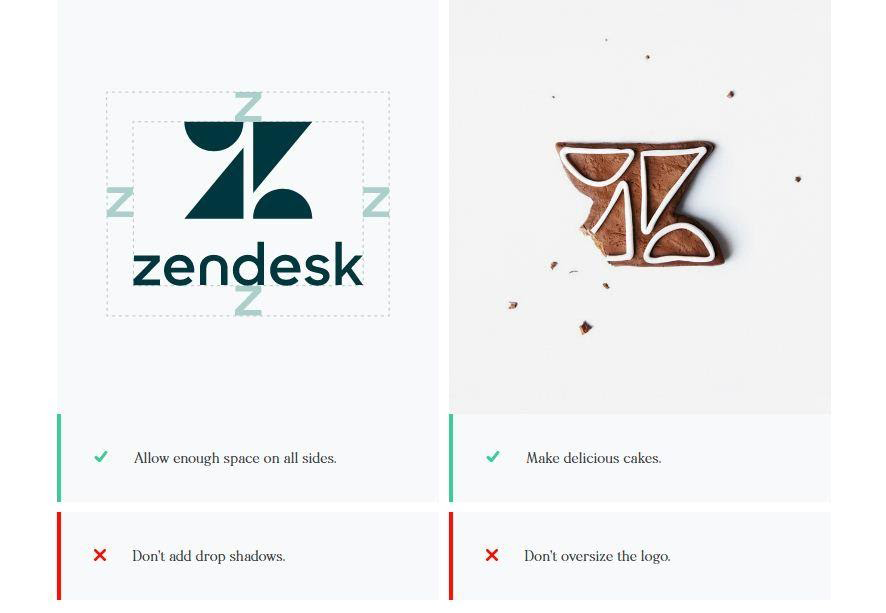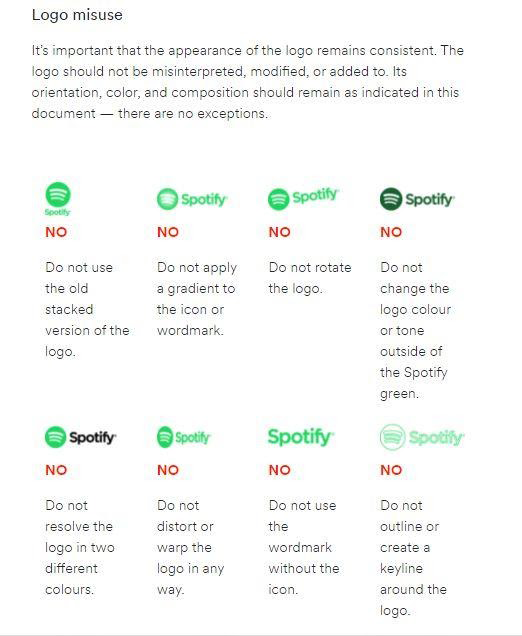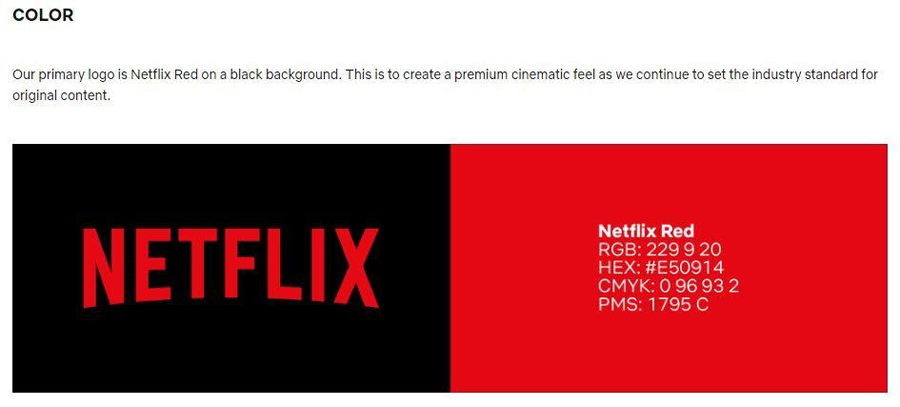When it comes to branding, consistency is key
But how do you maintain consistency when your work is spread across departments, and you’re creating a large volume of content almost every day?
The answer is simple—a brand style guide.
A brand style guide is a rulebook on how to communicate and present your brand to the world such that the messaging and tonality stay consistent across channels. From your brand’s tone to its logo—a style guide contains instructions on all essential aspects.
It’s a solid framework that your content and designing teams can refer to before making any important decisions related to the website, campaigns, etc. With these guidelines, they can create content that is consistent, cohesive, and on-brand.
Without a proper brand style guide, your branding and marketing can easily go for a toss. But, let’s not take that risk.
If your brand doesn’t have a style guide yet, or if you’re thinking of rebranding, we’ve got you covered. In this article, we’ll take you through the exact steps you need to create a comprehensive brand style guide.
5 steps to create a brand style guide
Imagine hiring new employees or freelancers and having to explain to them what your brand stands for all over again. What if they can just refer to your style guide—a simple document mentioning all the details?
Let’s see how you can begin creating it.
1. Craft your brand story
Start your brand book by telling people what your brand is all about and what it stands for. A brand story includes your brand’s:
- Goals
- Mission
- Vision
- Core values and principles
When it comes to creating a compelling brand story, there are many ways to go about it. But what matters is that you stay authentic to what your brand stands for and how you want the customers to perceive it.
For instance, Atlassian communicates their brand story using adjectives, which adds a touch of personality. They describe themselves as “bold,” “optimistic,” and “practical with a wink.”
On the other hand, Facebook has taken the traditional route, keeping its brand story simple yet powerful.

No matter how you write it, make sure your brand story is authentic and reflects your brand’s core values.
2. Set guidelines for the visual essence of your brand
So, you have a well-designed logo and that’s great but, do you know how it will look against different backgrounds? Or what minimum size should the logo be so that it’s still legible on different platforms?
A logo is a crucial part of your brand’s visual essence, and details like these can play a massive role in improving its usage. It will also avoid the scope of making edits time and again.
The style guide should include details on the proper usage of the logo, such as:
- Exact proportions
- Space rules
- Minimum size
- Acceptable colour variations
This is how Zendesk specifies how much space to leave around their logo.

To make it even clearer, you can use dummy examples to show how not to use the logo like Spotify here.

Such guidelines ensure consistent use of the logo, which improves brand recognition and recall value.
3 Decide on the colour and font guide
Having a colour palette can make your brand’s look and feel consistent—making it easier for your audience to recognize you even without seeing your name.
Take LinkedIn, for example. The brand’s consistent use of their signature blue has helped build brand awareness and recognition.
Your brand style guide should specify your brand’s colour palette with HEX codes, RGB values, and CMYK colour codes like Netflix here.

Besides colours, fonts also play a role in enhancing the visual experience. The consistency in fonts may go unnoticed, but any irregularity will immediately strike the eye and ruin the audience’s experience.
Thus, in your brand book, specify what fonts should be used for what purposes. Outline the hierarchy — like, big for headlines, medium for subheaders, and so on. The more specific you are, the fewer chances are there for derailment in brand perceptions.
4. Map out your brand voice and messaging guidelines
Having a consistent brand voice in your messaging is extremely important, and a style guide can help you achieve it.
Make sure to describe or simply specify your brand voice and tone in the style guide. Also, provide guidelines on how to best communicate it across channels so your writers can use them while creating content.
This can include information on grammar, vocabulary, spelling, sentence structure, branded keywords, etc. You can also give examples of the desired writing tone—a list of words to use and those to avoid.
For example, Gusto defines their brand voice as warm and sophisticated. To provide further clarity, they specify words that are fit for use instead of those that are “too warm” or “too sophisticated” for the brand.

5. Build a resource vault with inspiration, checklists, and tools
While making your brand style manual, you can take inspiration from top brands and explore the elements you like.
As you create your own guide, make sure to mention all the necessary information clearly and concisely—leave no scope for doubt. At the same time, try to keep the document short and crisp, so it can be referred to and understood easily.
To make your guide easy to apply, you can include elements like:
- Checklists to help catch mistakes quickly.
- Dos and don’ts to make it easier to understand what’s acceptable and what’s not.
- Examples of what has and hasn’t worked in the past.
- Tools to check the colour contrast, look for fonts, etc.
Conclusion
A brand style guide captures the true essence of your brand and translates it into practical guidelines. It tells your team how to communicate the messaging while staying true to brand values.
Being a crucial aspect of your communication with the audience, invest some time creating a proper manual that breaks down everything for your reference and whoever gets associated with the brand—freelancers, influencers, etc. You can also publish this style guide on your blog to help the audience understand your brand in a deeper sense.
Follow these five steps to create a thorough style guide that makes your branding efforts easier and more accurate.
Author Bio
Adela Belin is an independent content strategist and marketer with a love for the written word. Find her on Twitter and LinkedIn.






Leave A Comment